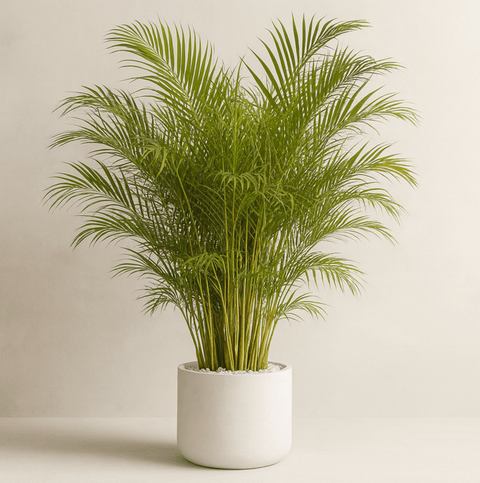Creeping thyme (Thymus serpyllum) is a popular choice in landscaping, particularly during the fall season. In this post, we'll explore why it's a fantastic addition to your fall garden and how to make the most of it in your landscape.

1. What is Creeping Thyme?
Creeping thyme is a low-growing perennial herb known for its fragrant foliage and small, vibrant flowers. It's an excellent ground cover that thrives in a variety of climates and adds beauty to any landscape.
Its benefits include hardiness, adaptability, and ease of care, making it a favorite among gardeners for both aesthetic and functional purposes.
2. Benefits of Using Creeping Thyme in Fall Landscapes
Aesthetic Appeal
Creeping thyme brings vibrant colors and texture to fall gardens. Its lush foliage and small flowers can enhance the visual appeal of any outdoor space, especially during the fall months when other plants may be fading.
Ground Cover Qualities
Not only does creeping thyme look great, but it also serves a functional purpose. Its dense growth suppresses weeds, reducing maintenance, and it helps control soil erosion, particularly on slopes and other vulnerable areas.

3. Best Varieties of Creeping Thyme for Fall Use
There are several varieties of creeping thyme that are ideal for fall landscaping:
- Thymus serpyllum ‘Elfin’ – Known for its compact growth and pale pink flowers.
- Thymus praecox ‘Purple Carpet’ – Offers vibrant purple flowers and is great for large areas.
- Thymus serpyllum ‘Doone Valley’ – A variegated variety with a unique yellow-and-green foliage and pink flowers.
Choose varieties based on your garden's sunlight levels and soil conditions for the best results.
4. Preparing Your Landscape for Creeping Thyme
Site Selection and Preparation
Select a sunny or partially shaded area for your creeping thyme. It thrives in well-draining soil, so be sure to prepare the site by loosening the soil and adding compost if needed.
Planting Techniques
For fall planting, space the plants about 12 inches apart to allow room for growth. Fall is an ideal time to plant, as the cooler temperatures and increased moisture promote root establishment.

5. Care and Maintenance During Fall
Watering and Fertilization
While creeping thyme is drought-tolerant once established, it’s important to water regularly during the fall to help the roots settle in before winter. Fertilization is generally not necessary, but a light application of a balanced fertilizer can encourage growth.
Pruning and Harvesting
Prune any dead or overgrown areas in early fall to keep the plant healthy. Additionally, you can harvest creeping thyme for culinary use—its aromatic leaves are great in cooking.
6. Companion Plants for Fall Landscapes
Creeping thyme pairs well with a variety of other fall plants, such as:
- Ornamental grasses – Add texture and height to contrast with the low-growing thyme.
- Sedum – Offers rich colors that complement creeping thyme’s flowers.
- Heuchera – A great choice for adding additional color and foliage contrast.
Mix these plants to create a visually dynamic and resilient garden for fall.
7. Seasonal Considerations

As fall transitions to winter, protect your creeping thyme with a layer of mulch to help retain moisture and insulate the roots from cold temperatures. Additionally, be mindful of your region’s specific climate and adjust your care routine accordingly.






























Comments (0)
There are no comments for this article. Be the first one to leave a message!